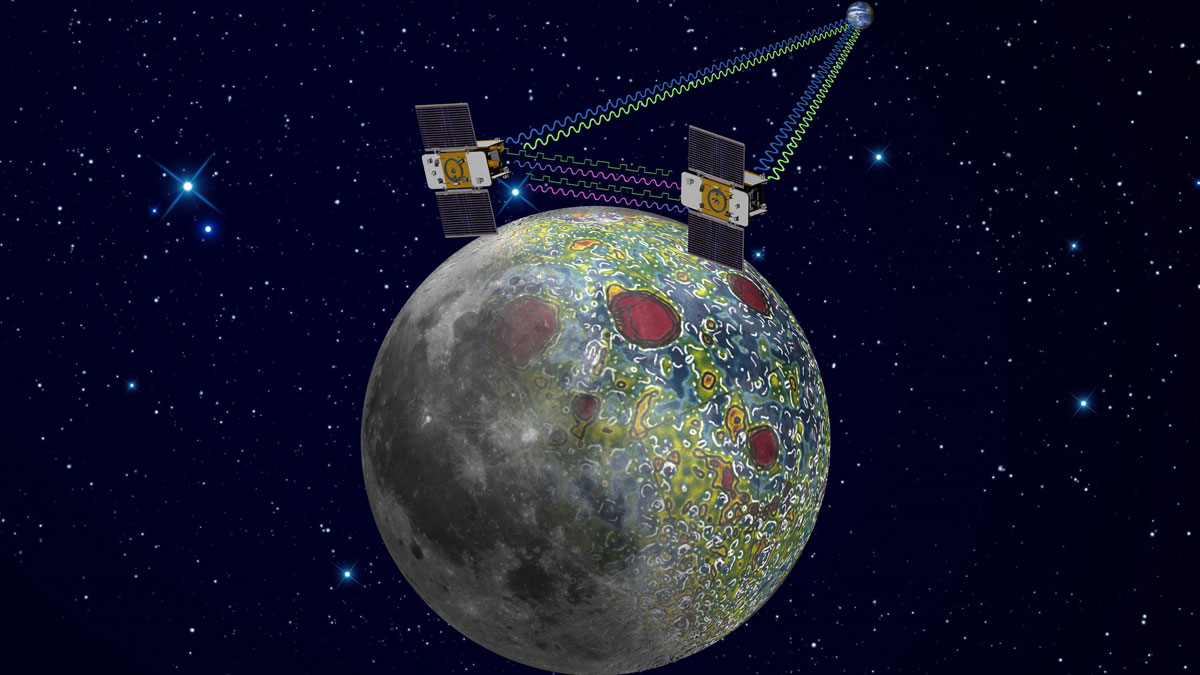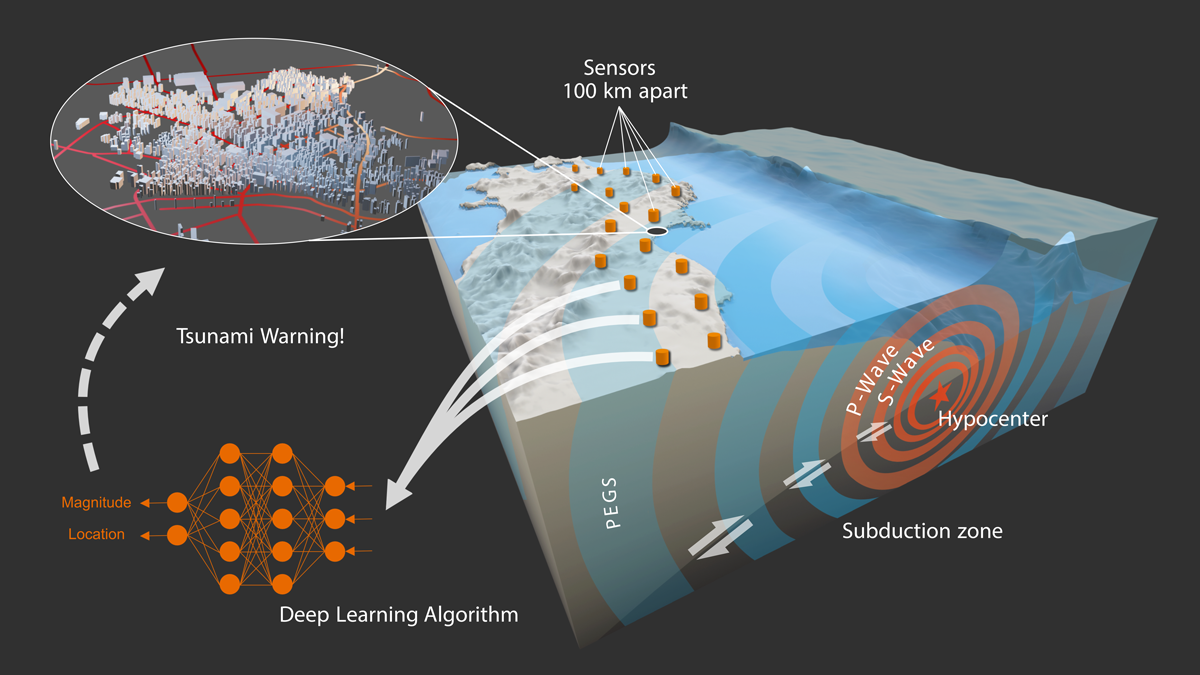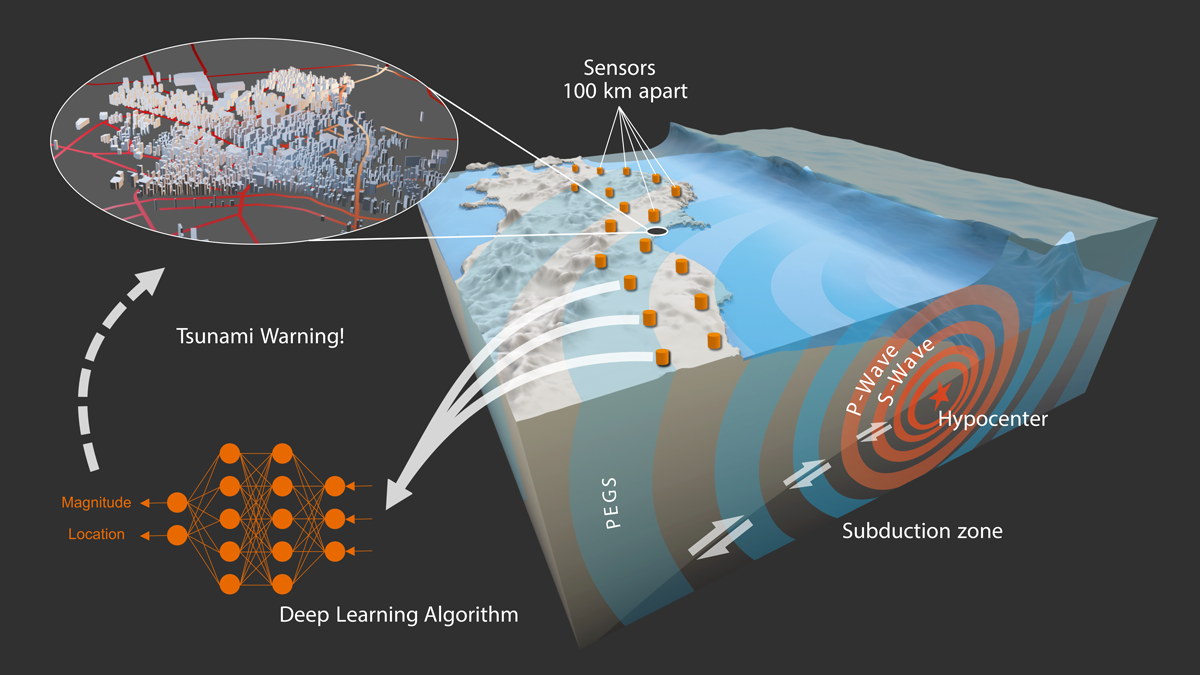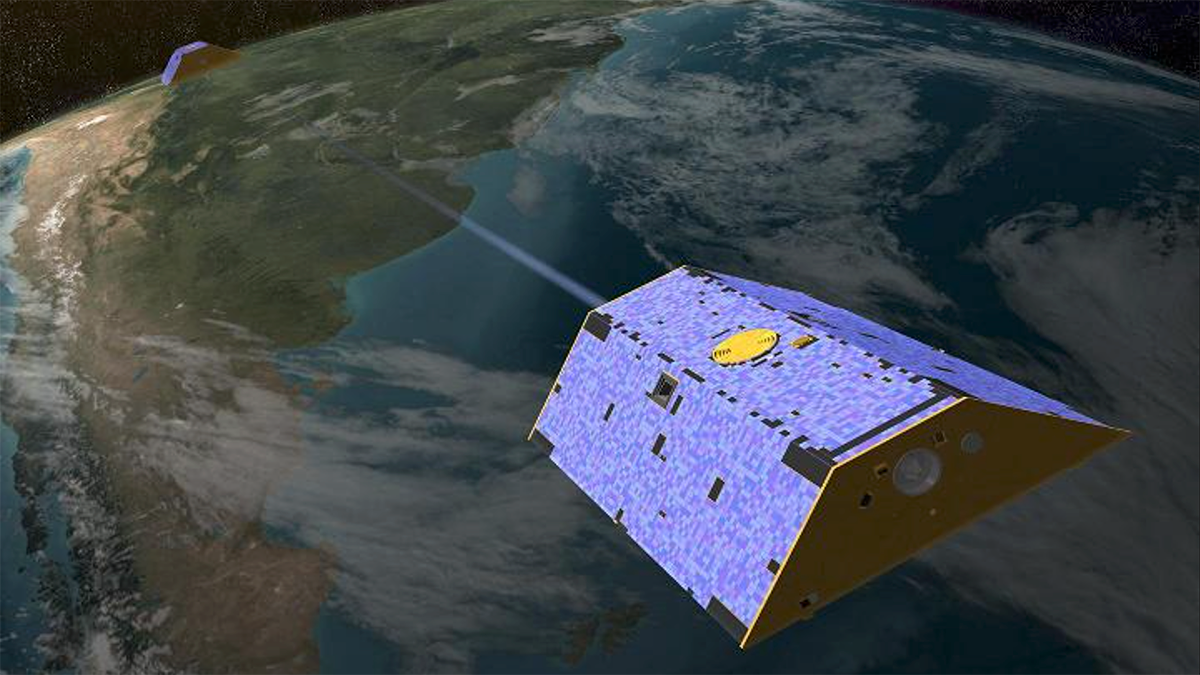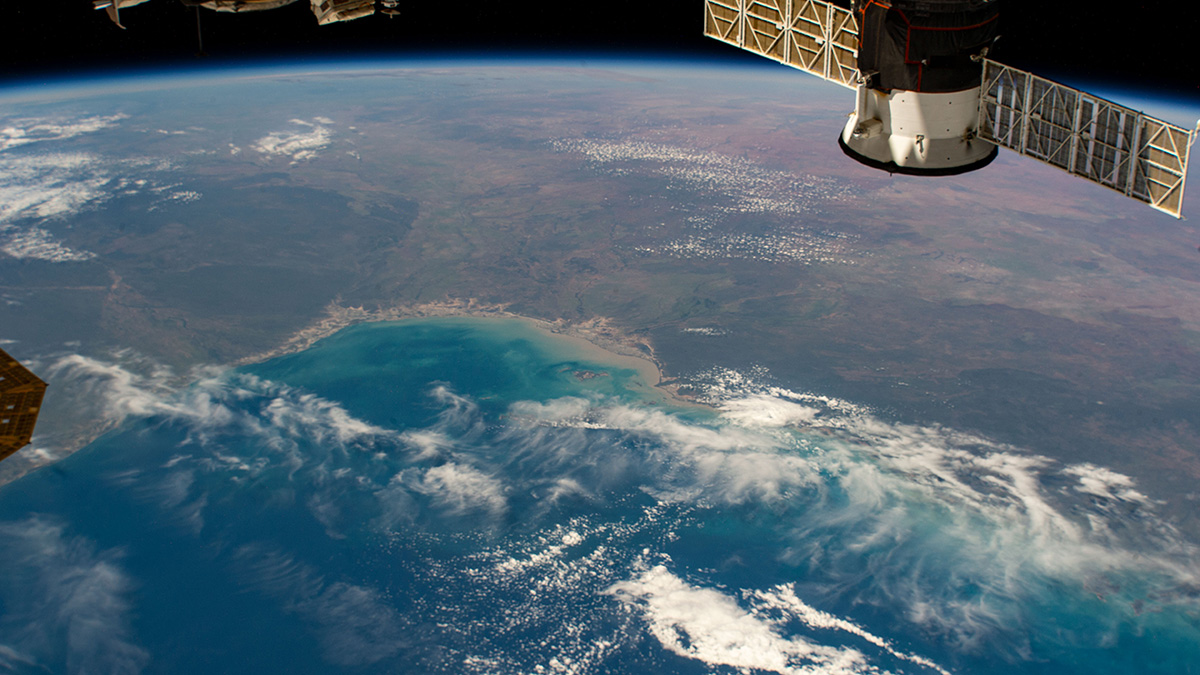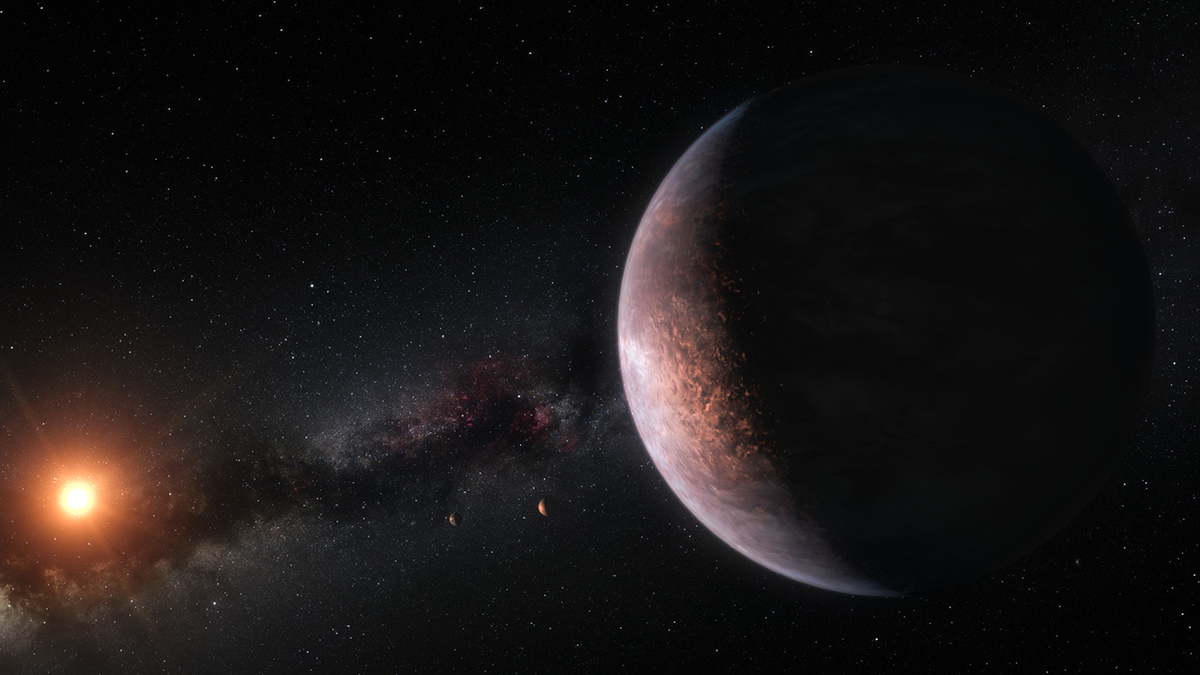研究人员利用GRACE卫星数据发现了发生在地球深部的地震事件之前的重力异常信号。
gravity
Months of Gravity Changes Preceded the Tōhoku Earthquake
Using GRACE satellite data, researchers discovered anomalous gravimetric signals that occurred before a seismic event that started deep within Earth.
Moon’s Porosity Changes Cratering History, Study Says
Gravity field measurements from decade-old lunar orbiter provide a proxy for counting craters.
Monitoreando terremotos a la velocidad de la luz
Nueva investigación utiliza la gravedad y un modelo de aprendizaje automático para estimar instantáneamente la magnitud y ubicación de grandes terremotos.
Monitoring Earthquakes at the Speed of Light
New research uses gravity and a machine learning model to instantaneously estimate the magnitude and location of large earthquakes.
卫星激光揭示地球水运动的变化
GRACE-FO卫星上基于激光的仪器可以扩展到其他地球物理应用,用来收集地球系统中月内时间尺度上的质量变化的数据。
Fresh Approaches to Processing GRACE Data
Two studies showcase new methods for analyzing GRACE data that better match the land surface, producing clearer estimates of mass variations.
Satellites’ Lasers Reveal Changes in Earth’s Water Movement
The laser-based instruments aboard the GRACE-FO satellites may be extended to other geophysical applications to collect data on other submonthly mass changes in Earth’s system.
Tidally Locked and Loaded with Questions
Tidally locked planets always present the same face to their host stars. What does this mean for their potential to support life?
Can Uranus’s Rings Reveal the Planet’s Deepest Secrets?
Planetary rings can act as seismometers that respond to changes deep within a planet.



